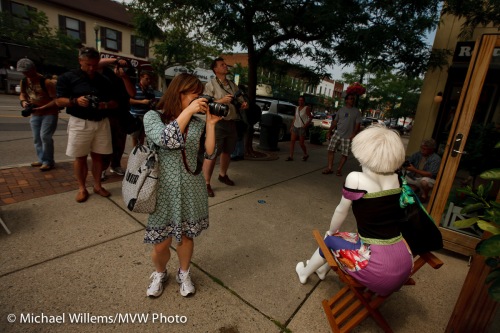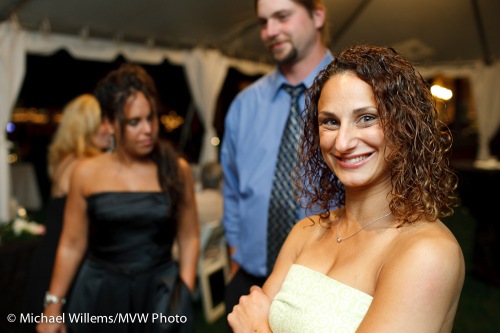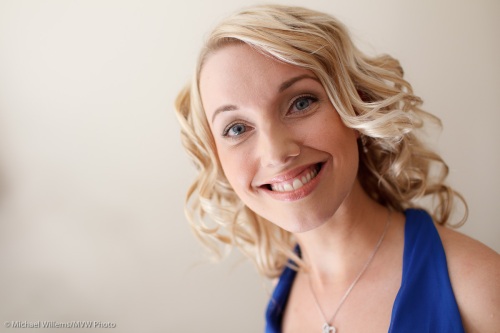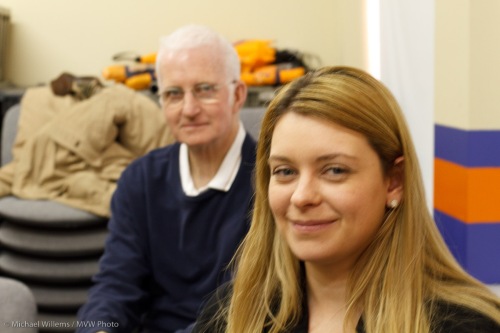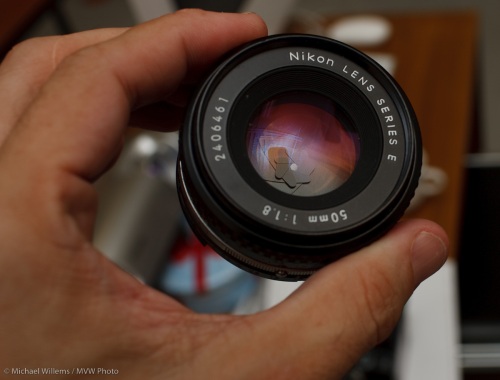Your lens’s aperture comes in those funny numeric values. You all know them:
1.4, 2.0, 2.8, 4, 5,6, 8, 11, 16, 22, 32…
Okay, actually it is f1.4, f2.0, and so on. With an “f”.
Actually it isn’t. Not quite. In fact it is “f/1.4”, “f/2.0”, and so on. The aperture number is a fraction: F divided by that number. That is why a larger F-number means a smaller aperture: when you divide something by a bigger number the result gets smaller.
So why the funny numbers? When I was learning photography I wondered why they did not just choose f/1, f/2, f/3, f/4… and so on.
Here’s why. I know you want to know.
First of all, the f-number indicates:
The f-number, or aperture number, indicates the diameter of the lens opening, expressed as a fraction of the focal length of the lens.
A 100mm lens set to f/4 would have an opening of 25mm (100/4). An 80mm lens set to f/8 would have a diameter of 80/8, or 10 mm. And so on.
So why the funny numbers? Because those numbers are chosen to halve the light entering the lens with every larger number (or to double it with every smaller number).
To halve the quantity of light entering a circle, you would not divide the diameter of that circle by 2. That would give you a quarter of the light (area = pi x r squared). Instead, you would divide the diameter by the square root of 2.
And that is therefore the ratio between the successive numbers. The square root of 2. (approximately 1.4). Check the numbers: take 1.4 and multiply it with 1.4 and you get 2, which happens to be the next whole aperture stop number. 1.4 times that gives you 2.8. And 1.4 times that gives you 4. And so on.
So now you know why larger f-numbers give you smaller lens opening and hence less light, and you know what’s with the funny numbers. Aren’t you glad you asked?


